Using Behavioral Science to Create a Persuasive CV
- Elena Talavera

- Jan 6
- 3 min read

Finding a job is an exercise in persuasion. It’s about demonstrating to a company that you’re the best candidate for the role. This persuasion begins with your CV—a document that acts as your first impression, showcasing your skills and experiences. But what happens after your CV passes through automated tracking systems (ATS) and lands in the hands of a recruiter or hiring manager? This is where applying behavioral science principles can make a significant difference.
In this post, we explore key behavioral science concepts and how you can use them to make your CV stand out, engage recruiters, and effectively persuade them of your value.
1. The Primacy Effect: Start Strong
The beginning of your CV sets the tone. Research shows that people tend to remember the first piece of information they encounter more vividly. Use this to your advantage by placing your most impressive achievements, skills, or certifications at the top of your CV. Utilize clear headlines and bullet points to ensure this information is easily scannable.
Example: Instead of starting with a generic summary, use a powerful statement: “Marketing Professional with 5+ years of experience managing $1M+ budgets, increasing ROI by 25%, and leading diverse teams to execute data-driven campaigns.”
2. The Halo Effect: Frame Your Story Positively
How you present your experiences influences the overall perception of your candidacy. Instead of merely listing job responsibilities, focus on accomplishments that showcase your unique value.
Example: Rather than stating, “Responsible for handling customer inquiries,” frame it positively: “Improved customer satisfaction scores by 15% through proactive communication and resolution strategies.”
3. Cognitive Fluency: Simplify with Data
Numbers are processed faster than words, making quantified achievements more impactful. Highlight measurable outcomes in your CV to help recruiters quickly grasp the value you bring.
Example: “Reduced production time by 20% by implementing lean manufacturing techniques, saving $50,000 annually.”
4. Choice Overload: Focus on Relevance
Including too much information can overwhelm recruiters and dilute the impact of your CV. Tailor your CV to the specific job you’re applying for by emphasizing the skills and experiences most relevant to the role.
Example: For a role in project management, focus on relevant details:“Led cross-functional teams to deliver projects on time, achieving a 98% client satisfaction rate.”
Exclude unrelated experiences, like hobbies or early roles that don’t add value to the job at hand.
5. Visual Heuristics: Design for Readability
A visually overwhelming CV can deter a recruiter from reading further. Utilize white space effectively, stick to consistent fonts, and strategically apply bold text to highlight key points.
Example: Instead of a cluttered layout with dense paragraphs, use:
Consistent headings (e.g., “Experience,” “Skills,” “Education”)
Bullet points to summarize responsibilities and achievements
Bold for job titles or metrics: “Increased customer retention by 30%.”
6. Emotional Engagement: Add a Human Touch
While professionalism is key, adding a personal element can make your CV more memorable. Briefly mention a passion, hobby, or volunteer experience that aligns with your personal values or the company’s culture.
Example: At the end of your CV, add a personal note: “Volunteer Mentor for underprivileged youth, helping 15+ students improve academic performance by 20%.”
This small addition can resonate with a recruiter on a human level, especially if the company values community involvement.
Ready to take your communication strategies to the next level? At the Center for Behavioral Decision, we specialize in crafting impactful messaging using science-backed methods. Whether you're refining your CV, enhancing campaigns, or driving engagement, our tailored services ensure measurable results.
Contact us today to learn how we can help you stand out and achieve your goals!





Comentarios